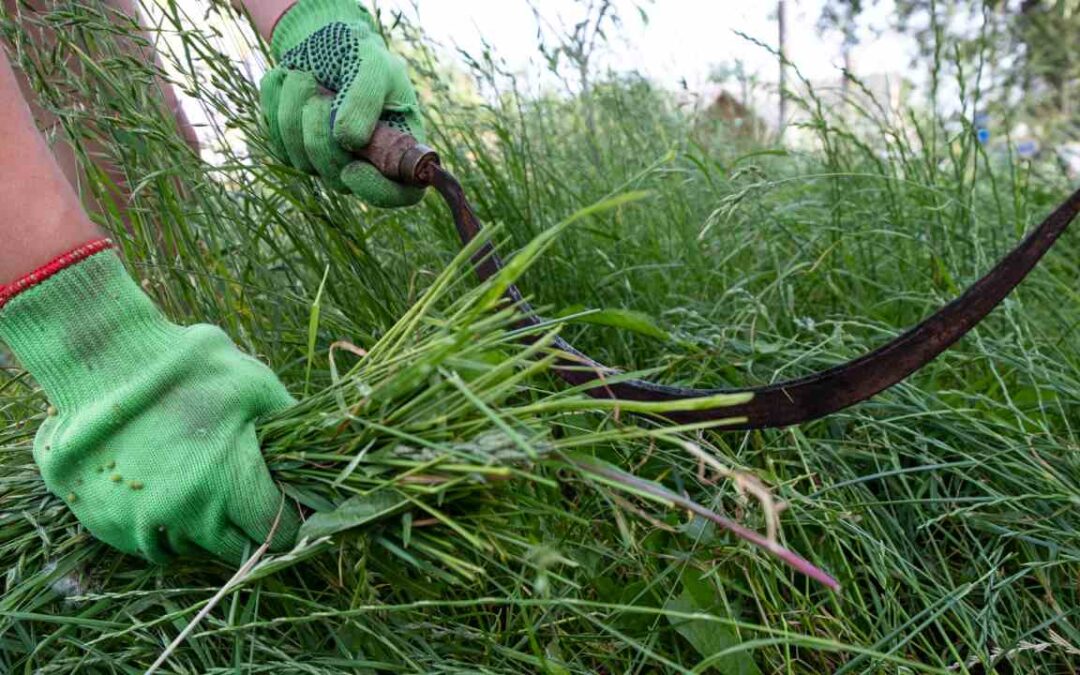At some point, it is necessary to clean and remove leaves, branches, and trees from your landscape. While small amounts of weeds can be disposed of in green waste containers, that is not always possible with large amounts of weeds.
If you are clearing and removing a substantial amount of weeds or already have a pile in your yard, it is best to determine a game plan for clearing and removal.
Examine Your Landscape
When you’re planning to clear land to build or do some landscaping, you’ll want to know exactly what you’re dealing with. This requires taking a close look at your landscape and determining what needs to be done.
For example, will you remove trees? If so, are they large or small trees? Do they have a lot of foliage and branches? How tall are the trees? Height, diameter and fullness will affect the amount of tree debris that will be left when the tree is removed.
Make A Plan To Remove The Brush
Before you start clearing weeds, it’s a good idea to come up with an action plan to eliminate them. Otherwise, you may end up with a lot of excess in your garden, which can create a fire hazard. Very large brush piles can also be a haven for critters such as rodents, snakes, ticks, and fleas.
Here are three possibilities for brush removal:
Rent a dumpster. You may want to clean up your yard after removing weeds by hauling the debris to a rented dumpster. This is especially effective if you have large pieces to throw away, such as tree branches and trunks, although you can also use a dumpster for debris from shrubs, grasses, and vines.
Equipment Necessary For Clearing
Before clearing weeds from your garden, be sure to use the proper equipment and always keep your safety in mind. Make sure your equipment is serviced and working properly. The following items will be useful in protecting you from damage while clearing brush and will allow you to clear the terrain quickly and effectively.
Work gloves
Sturdy boots
thick pants
Long-sleeve shirt
Protective glasses
Ear protection
Insect repellent
Machete
clippers
clippers
Weed Wacker
chainsaw
Shovel
mower
Chipper/Shredder (if you want to make your own mulch on site with dry leaves and twigs)
Tips For Removing The Brush
When clearing brush in a landscape, it is a good idea to start with the largest elements and work your way up to the smallest vegetation. This means cutting down or pruning large trees first, then moving on to smaller trees, and finally to shrubs and perennials.
If you prefer to completely remove a tree, it is important that you also remove its stumps. If the root system is small enough, you may be able to use a shovel to dig up stumps of small trees that have shallow root systems. For larger trees with extensive roots, use a stump grinder.
The last plants to remove are shrubs, vines, weeds, grasses and other woody plants. These items are typically much easier to remove, but doing so can still be physically challenging and time-consuming. Tools such as a lawnmower, trimmers, trimmers, and weed removers are good options for removing these types of plants. It’s also a good idea to make sure the blades are sharp, as this allows for clean cuts and easier work.


